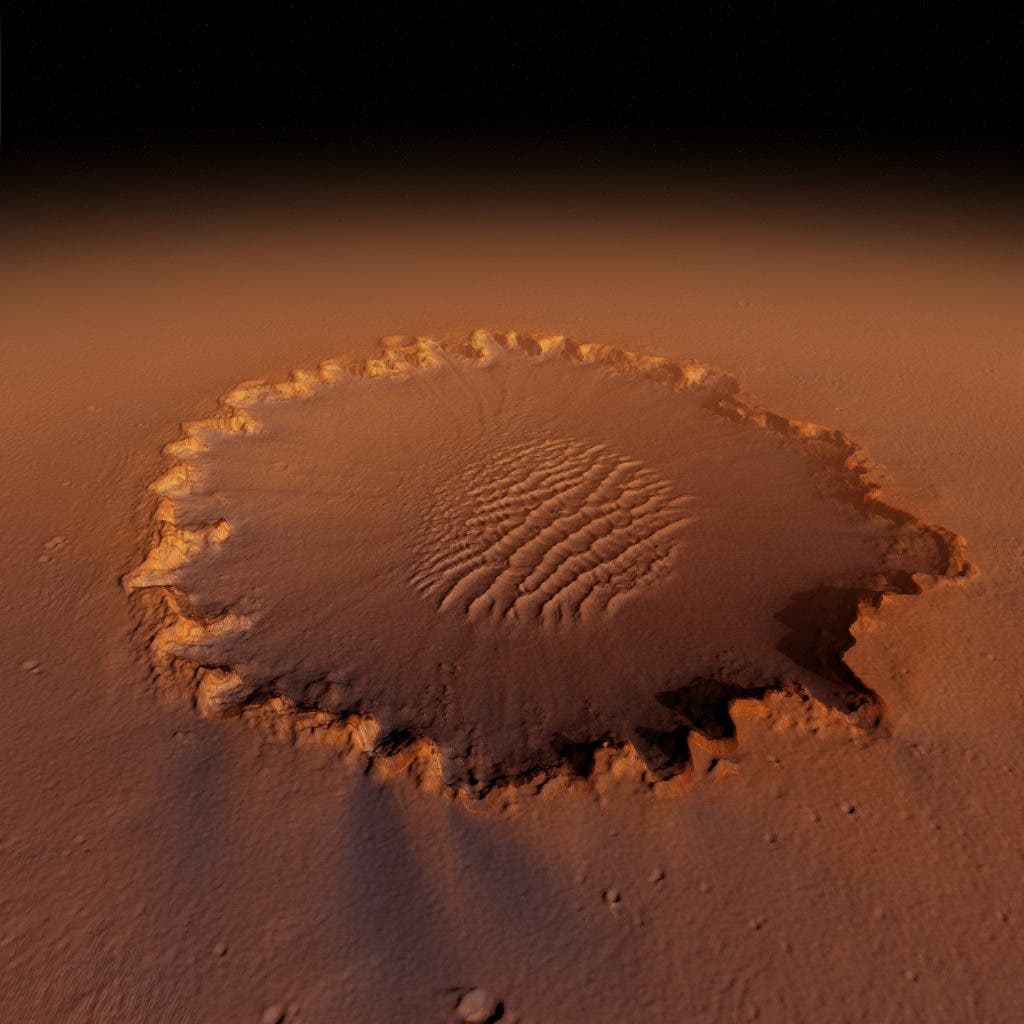Early Earth might have caught some significantly larger asteroids than we assumed, a new paper reports. These could have ranged from a city to a small province in size, the authors explain. Still, in the end, these impacts could have helped to shape Earth into what it is today.

Take someone living today back to the days when our Earth was young, and they probably wouldn’t recognize it. Even after its crust cooled and solidified, the blue planet wasn’t particularly blue, but rather, a bit barren. It was also pockmarked by asteroid impacts and, occasionally, impacted by asteroids.
Most traces of this past have slowly been ground away by tectonics, erosion, and weathering. So we don’t have much in the way of direct evidence (i.e. craters) to study. Still, researchers are pretty confident that the Earth was hit by a significant number of large asteroids, rocks over 10 km (6.2 mi) in diameter, in the past, and that this helped shape its chemical properties, eventually culminating in the appearance of life. But new research presented at the 2021 Goldschmidt Geochemistry Conference proposes that these large asteroids were much larger than we believed.
Big Rock
While our planet slowly grinds away traces of asteroid impacts unlike, say, the Moon or Mars, we can still find evidence of them happening in the shape of spherules. These are round, glassy beads that are produced by super-heated material ejected during an asteroid impact. As they’re propelled away from the impact through the air, they cool to form a spherical shape and eventually land back on the surface. Over geological time, they become encased by rocks. The greater the impact, the more of these particles it would produce, and the wider they would spread around the crater.
A large enough impact could even spread spherules across the world.
The team developed a statistical model to analyze our records of spherule layers so far. Their model suggests that the number of known impacts in the past “severely underestimates” the real number of impacts. According to the results, there were likely 10 times more impacts between 3.5 and 2.5 billion years ago than we assumed. That’s equivalent to one Chicxulub-sized impact (the one that wiped out the dinosaurs) once every 15 million years.
The authors add that although we have very little information regarding their number and magnitude, these impacts had a profound effect on how the Earth’s surface and atmosphere evolved throughout the ages. For example, they explain that atmospheric levels of oxygen likely varied significantly during these impacts. They could help account for the dips we see in oxygen levels throughout history, before they stabilized around 2.5 billion years ago, for example.
Given how important oxygen eventually became for the evolution of both the Earth and the life upon it, a better understanding of ancient impacts could help us better understand how we came to be here.
Naturally, the impacts also caused widespread disruption and destruction, but we don’t really have enough evidence to estimate their true effect; very few rocks survive from that period. This lack of direct data is what prompted the team to develop a statistical model to study these impacts in the first place.






